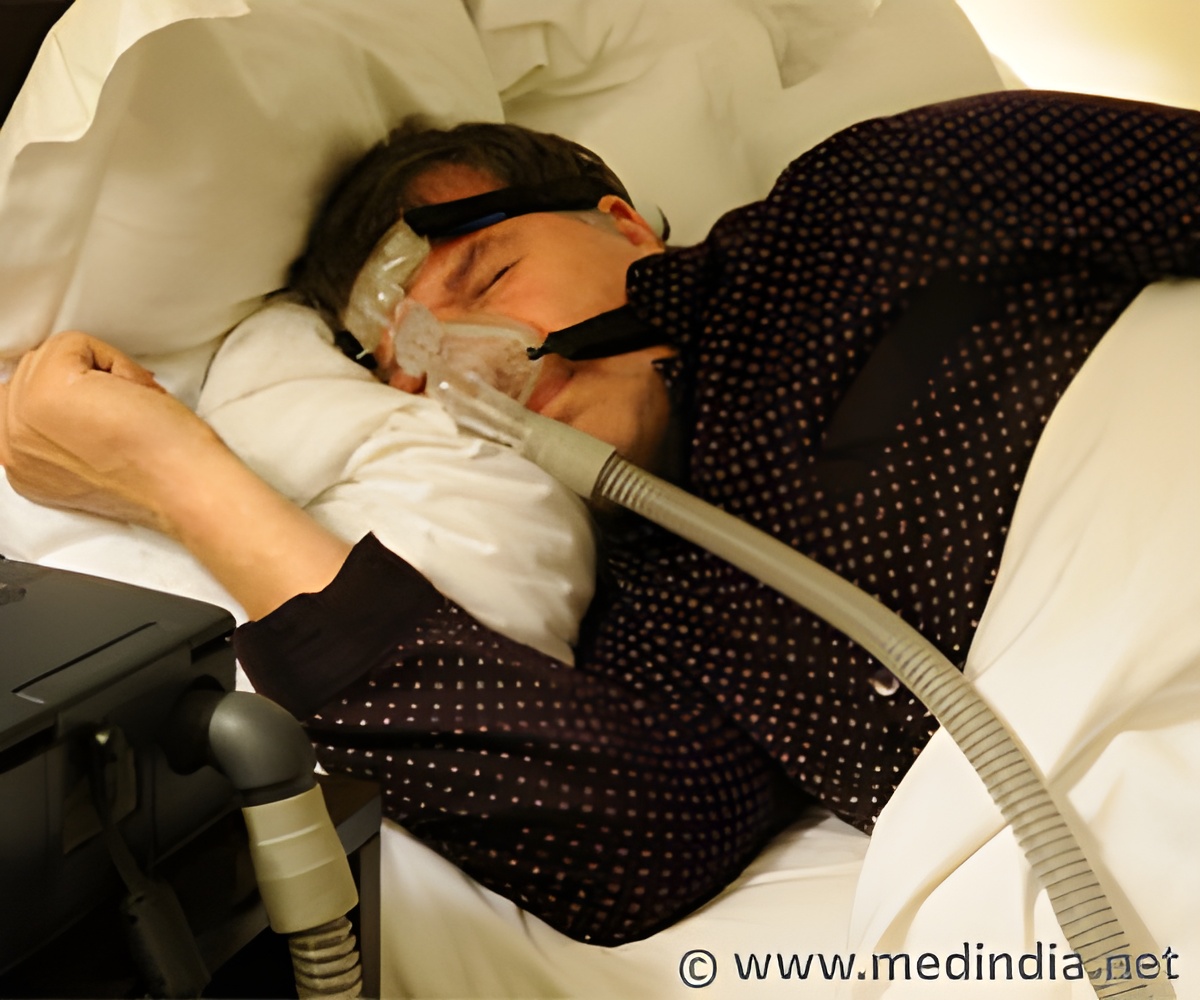A new study of more than 8,500 Canadian patients has demonstrated a link between the development of diabetes and obstructive sleep apnea (OSA).

"Our study, with a larger sample size and a median follow-up of 67 months was able to address some of the limitations of earlier studies on the connection between OSA and diabetes," lead author Tetyana Kendzerska, MD, PhD, of the University of Toronto said.
"We found that among patients with OSA, the initial severity of the disease predicted the subsequent risk for incident diabetes," Kendzerska said.
The study included 8,678 adults with suspected OSA without diabetes at baseline who underwent a diagnostic sleep study between 1994 and 2010 and were followed through May 2011 using provincial health administrative data to examine the occurrence of diabetes.
Sleep apnea severity was assessed with the apnea-hypopnea index (AHI), which indicates severity based on the number of apneas (complete cessation of airflow) and hypopneas (partial cessation of airflow) per hour of sleep. Patients were classified as not having OSA, or having mild, moderate or severe OSA.
During follow-up, 1,017 (11.7 percent) patients developed diabetes.
Patients with mild or moderate OSA had a 23 percent increased risk of developing diabetes.
The findings were published online ahead of print publication in the American Thoracic Society's American Journal of Respiratory and Critical Care Medicine.
Source-ANI
 MEDINDIA
MEDINDIA




 Email
Email










